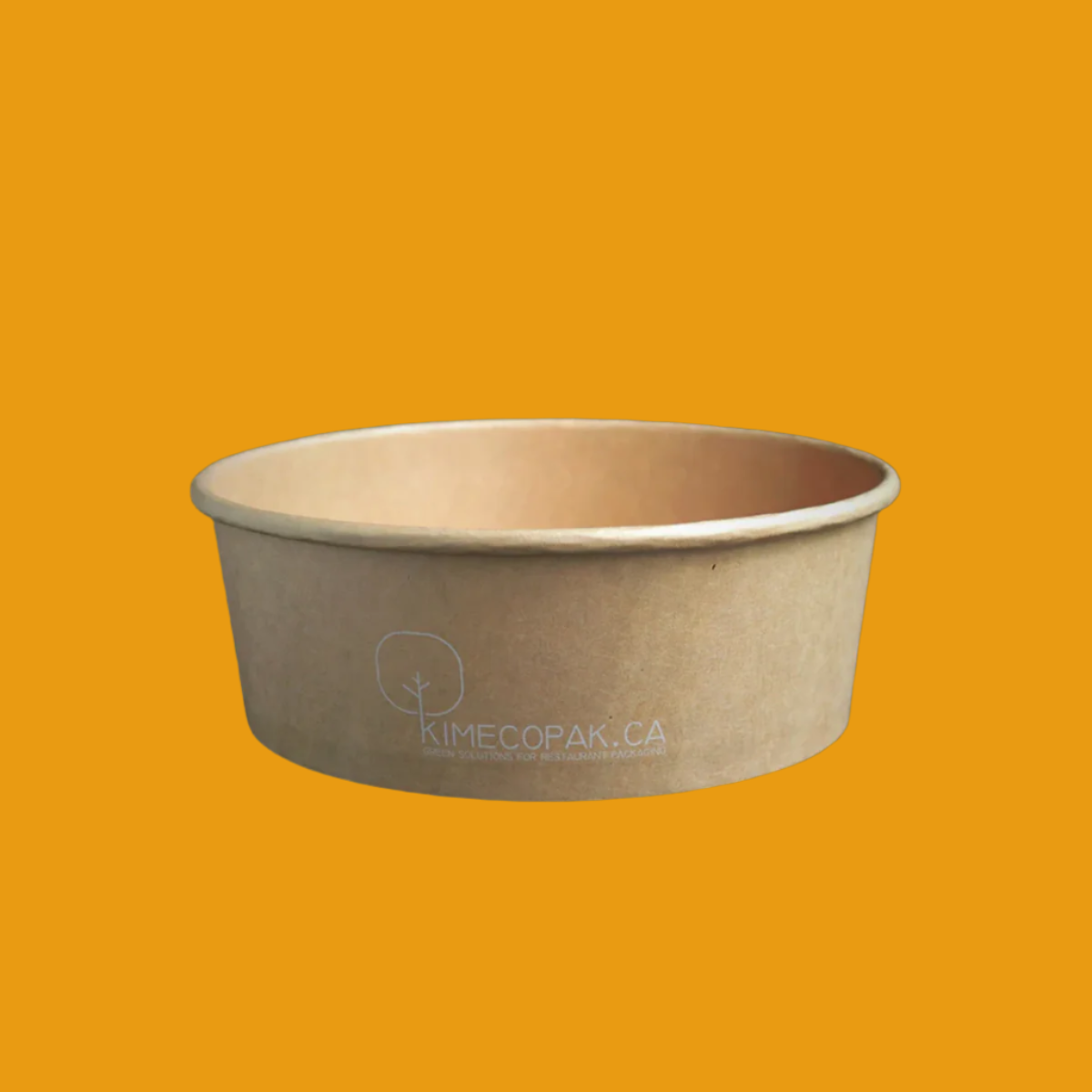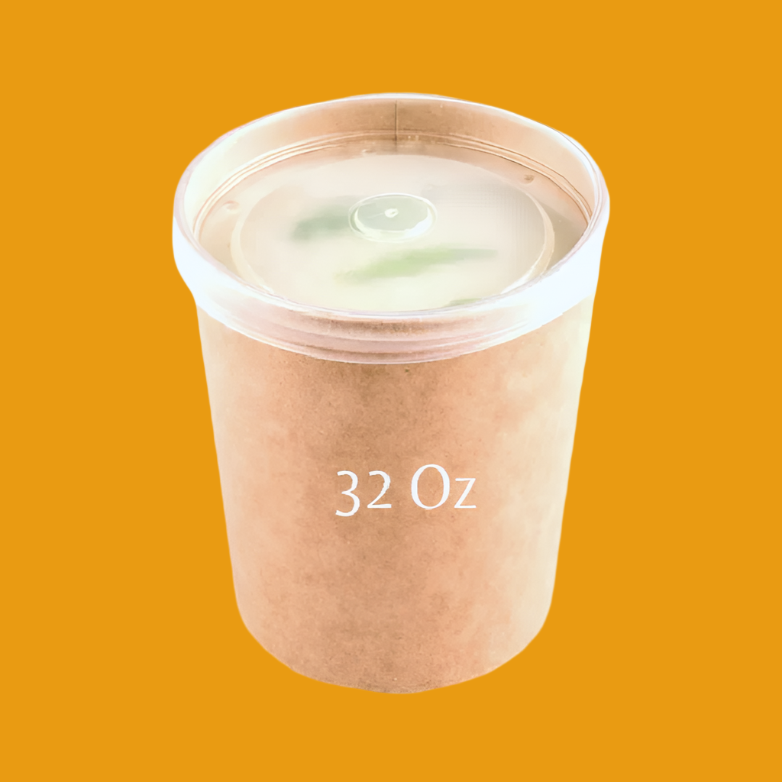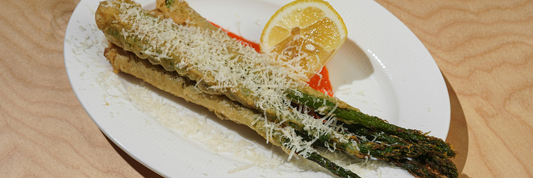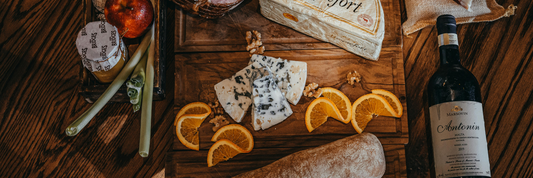Food Truck Design is more than just aesthetics. It's a critical factor that shapes your business’s efficiency, safety, customer appeal, and brand identity. In the fast-paced world of mobile food service, a smart, functional design can streamline operations, enhance the dining experience, and set your truck apart from competitors. Whether you're launching your first food truck or upgrading an existing setup, investing in thoughtful design can directly impact your profitability and long-term success.
-
30+ Food Truck Ideas to Inspire Your Mobile Culinary Business in 2025
- Types of Food Trucks: Choosing the Best Model for Your Business
Why Food Truck Design Matters

A well-thought-out food truck design can significantly influence the overall success of your mobile kitchen. Here are key aspects to consider:
Impact on Workflow and Cooking Efficiency
An efficient design streamlines the cooking process. Consider the placement of equipment; having frequently used items within arm’s reach minimizes unnecessary movement and maximizes speed. For instance, arranging grills, fryers, and prep stations in a linear fashion facilitates a smooth workflow.
Customer Experience and First Impressions
The exterior and interior design of your food truck are crucial in attracting customers. A visually appealing truck stands out, draws attention, and invites people to explore. Inside, an uncluttered environment with organized menus and clear signage helps customers make quick decisions, enhancing their overall experience.
Safety, Ventilation, and Compliance
Safety is paramount in any food business. Proper ventilation is required to manage heat and cooking odors while also preventing the accumulation of harmful gases. Compliance with health regulations is non-negotiable; ensure your design incorporates features that facilitate cleanliness and safety, such as easily accessible storage for cleaning supplies and safe food handling practices.
Branding and Visual Appeal
Branding is central to your food truck’s identity. Use colors, logos, and graphics that reflect your culinary theme and resonate with your target audience. A cohesive design not only attracts customers but also creates a lasting impression, encouraging repeat visits.
Food Truck Layout: Planning for Function and Flow

The layout of your food truck should be carefully planned to maximize functionality while maintaining a pleasant atmosphere for customers.
Work Triangle in a Compact Space
The work triangle principle highlights the relationship between the food prep area, cooking station, and service point. In a tight space, keeping stations close together, while ensuring that everything remains accessible, can significantly save time and reduce steps taken during service.
Prep, Cook, Serve, and Clean Zones
Dividing the truck into distinct zones helps maintain organization. Each zone should serve a specific purpose:
- Prep Zone: Areas for chopping, assembling, and readying ingredients.
- Cook Zone: Space for cooking equipment like griddles, fryers, and ovens.
- Serve Zone: The counter where customers place orders and receive food.
- Clean Zone: Designated storage for cleaning supplies and waste management.
Staff Movement and Customer Interaction Points
Creating clear paths for staff movement is essential. Staff should navigate without interrupting customer flow, promoting both safety and efficiency. Additionally, engagement points such as open windows or counters allow for interaction, making the experience more personal for customers.
Types of Food Truck Designs

Choosing the right type of food truck is crucial for the sustainability of your business. Each design has its unique advantages.
Standard Box Trucks
These are the most common type of food truck, offering ample space and can be easily customized according to your needs. Their square shape allows for efficient use of space, making them a popular choice among many vendors.
Step Vans
Step vans provide a lower floor height and can often accommodate more kitchen equipment while being easier to navigate. Their unique design often includes a large serving window, enhancing customer interaction.
Trailers vs. Self-Contained Trucks
Trailers offer flexibility as they can be detached from the towing vehicle when not in use, allowing for easy transport to various locations. Self-contained trucks, on the other hand, are more mobile and can operate independently, which may be an advantage in high-traffic areas.
Custom vs. Pre-Built Options
While custom-built food trucks allow for specific configurations that suit unique business needs, pre-built options can save time and ensure compliance with safety regulations. Weighing the pros and cons based on your budget and needs is crucial.
Food Truck Design Template

Having a solid design template can guide your food truck build to ensure you capture your culinary vision accurately.
Layout Templates for Popular Cuisines
Certain cuisines have specific needs; for example, a taco truck might require specialized grill stations, while a gourmet sandwich truck may need ample prep space for fresh ingredients. Layout templates can help visualize how to best serve your specific menu items.
Online Tools and Downloadable Blueprints
Numerous online resources provide templates and blueprints that can be adapted according to your truck's dimensions. These tools help streamline the design process and ensure all vital aspects are covered, ultimately saving you time and effort.
Customization for Unique Equipment Needs
When building your food truck, consider your specific equipment requirements, whether it's specialty fryers, ovens for baking, or refrigeration units for fresh ingredients. Customizing your design to accommodate these elements ensures that your food truck is both functional and tailored to your cooking style, making operations smoother.
Food Truck Kitchen Design Tips

When crafting the perfect food truck kitchen, certain design elements play a critical role.
Vertical space and fold-out surfaces
Using vertical space efficiently can help maximize the small area of a food truck. Consider installing shelves and racks that take advantage of height. Fold-out surfaces can also provide extra workstation area when needed, and fold back neatly when not in use, maintaining a streamlined look.
Compact cooking equipment
Choose compact and multifunctional cooking equipment that fits your food concept. High-quality, space-saving appliances such as convection ovens, induction cooktops, and stackable fryers can help make the most of limited kitchen real estate.
Utility connections: gas, water, electricity
Understanding how to properly connect your food truck to gas, water, and electrical systems is essential. These connections must be compliant with local regulations to ensure safety and efficiency in your operations.
Ventilation hoods and fire suppression systems
Proper ventilation is vital to maintain air quality and temperature in the food truck kitchen. Install a reliable ventilation hood to remove heat, smoke, and grease. Additionally, having an effective fire suppression system is crucial to meet safety codes and protect your investment.
Food Truck Design Ideas for Branding and Efficiency

Creating an effective food truck design involves more than just utility; it’s also about branding and visual appeal.
Creative interior space-saving hacks
In the hustle of food service, optimizing every inch matters. Magnetic strips can hold knives or spices, and vertical storage for pots and pans can significantly declutter workspace areas.
Eye-catching exterior visuals
Your food truck’s exterior is its first impression. Use bold colors, strong graphics, and clear signage that reflects your brand. Consider unique shapes or themes that align with your cuisine to attract potential customers.
Flexible menu design integration
Design your menu in a way that allows for easy updates and changes. A chalkboard or digital menu display can keep things fresh and invite repeat customers to try new items.
Open window vs. dual-service models
Consider your service model carefully. An open window design can create a more inviting atmosphere, but a dual-service window allows for faster service and can help accommodate multiple customer orders simultaneously.
Food Truck Design Cost

Understanding the financial aspects of your food truck design is crucial for a successful launch.
Average design + build cost ($20,000–$100,000+)
Depending on your concept and needs, the design and build cost of a food truck can vary widely. A basic setup may cost around $20,000, while more elaborate designs can run upwards of $100,000 or more.
Costs by customization level
Custom-built trucks tend to have a higher price point. Evaluate whether standard options suffice or if your branding requires significant customization.
Equipment, labor, and interior materials
Allocate budget for essential equipment, skilled labor, and durable interior materials. Quality equipment may save money in the long run, while labor costs could vary based on complexity and location.
Return on investment
Estimating your expected ROI is key. Analyze potential sales and customer flow to determine the timeframe for recouping costs.
Working with Designers and Builders

Engaging professionals in the food truck design space can save you time and money, ensuring a successful project.
When to hire a specialist
Consider hiring a specialist early in the planning process if you require extensive customization or specific functional needs.
Finding food truck design professionals
Research local builders with experience in food truck design. Reading reviews and viewing portfolios can uncover the right fit for your vision.
Questions to ask before you commit
Before finalizing a contract, ask candidates about their previous work, timelines, and compliance with health regulations. This ensures alignment on expectations and outcomes.
Design timeline and revisions
Establish a clear timeline for your project, including phases for design, construction, and revisions. Open communication with your builder will ensure you stay on track.
Food Truck Design Mistakes to Avoid

As you embark on your food truck journey, steering clear of common pitfalls can set you on the path to success.
Ignoring ventilation and airflow
Neglecting proper ventilation can lead to an uncomfortable working environment and potential health hazards. Ensure that your kitchen design prioritizes airflow.
Overcrowding the kitchen
Making the most of space doesn’t mean cramping everything together. Maintain clear pathways and an organized layout to promote efficiency during service.
Poor customer service window layout
Your service window should facilitate quick transactions without bottlenecks. Design it based on how you plan to serve and interact with customers.
Inflexible menu flow design
Design your kitchen layout to support your menu. If your menu items require specific equipment placement, ensure those areas are easily accessible to maintain a smooth workflow.
Conclusion
When thoughtfully designed, a food truck establishes a strong foundation for success. Striving for a balance between form, function, and compliance ensures you’re not only serving meals but doing so in an efficient and appealing way. Consider these insights to craft a truck that not only meets operational needs but embodies your culinary vision.









